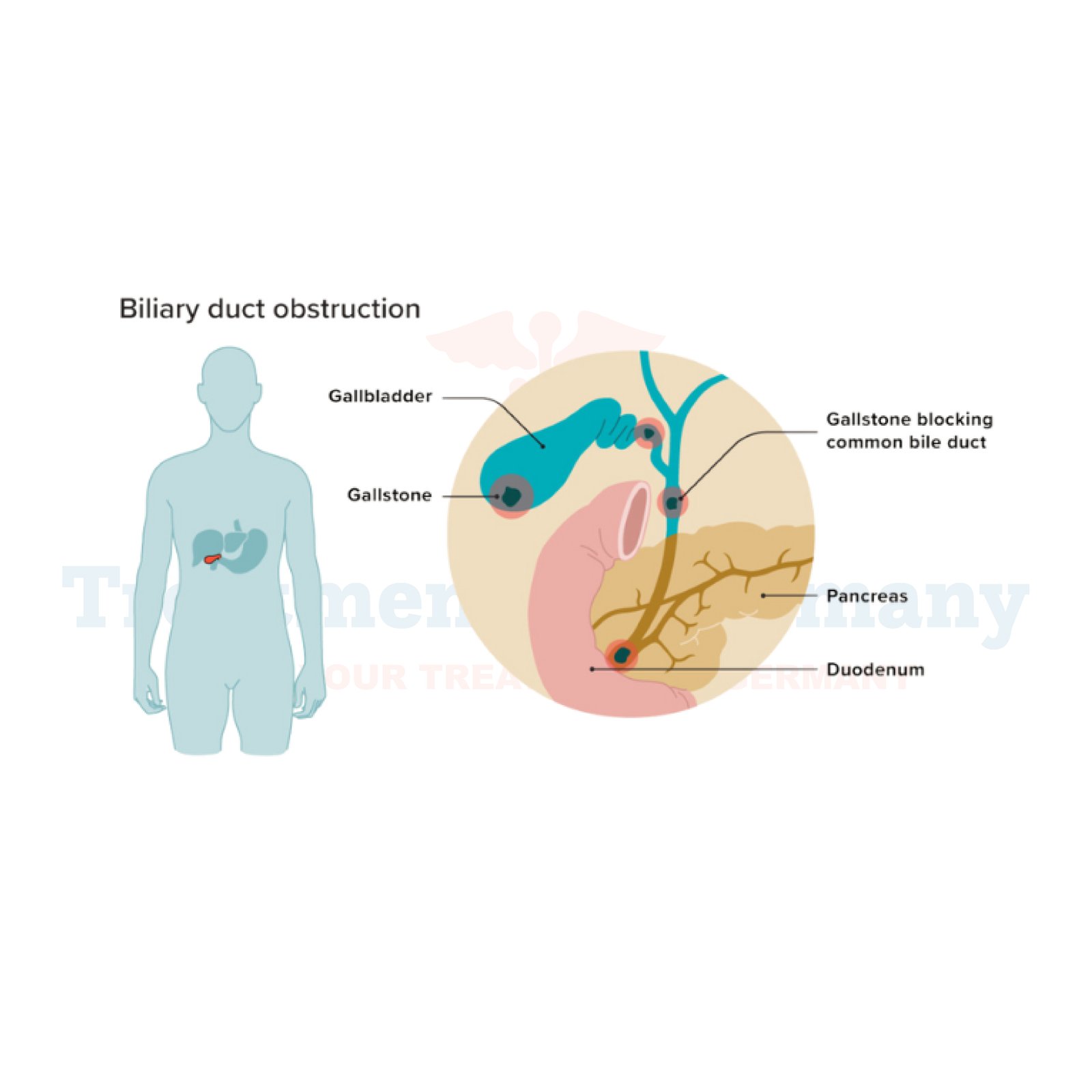What is Jaundice Due to Biliary Obstruction?
Jaundice is a condition characterized by the yellowing of the skin and the whites of the eyes. When jaundice is due to biliary obstruction, it means that there is a blockage in the bile ducts which impedes the normal flow of bile from the liver to the small intestine.
This obstruction causes bile to accumulate in the liver and eventually leak into the bloodstream, leading to the characteristic yellowing.
Side Effects of Jaundice Due to Biliary Obstruction
The primary visible sign of jaundice is the yellowing of the skin and eyes. However, there are several other side effects and symptoms that may accompany biliary obstruction:
- Dark Urine: The excess bile in the bloodstream can cause your urine to become darker in color.
- Pale Stools: A lack of bile reaching the intestines can result in pale or clay-colored stools.
- Itchy Skin: The buildup of bile salts in the bloodstream can lead to itching.
- Abdominal Pain: Pain or discomfort in the upper right side of the abdomen may occur, especially if the obstruction is due to gallstones or inflammation.
- Nausea and Vomiting: These symptoms can result from the digestive system being affected by the obstruction.
How is Jaundice Due to Biliary Obstruction Diagnosed?
Diagnosing jaundice due to biliary obstruction typically involves a combination of:
- Medical History and Physical Examination: Your doctor will review your symptoms and medical history, and conduct a physical exam to check for signs of jaundice.
- Blood Tests: Blood tests can reveal elevated levels of bilirubin (a bile component) and liver enzymes, indicating liver dysfunction and obstruction.
Imaging Studies:
- Ultrasound: Often the first imaging test used to identify blockages, such as gallstones or tumors.
- CT Scan or MRI: These provide more detailed images to help pinpoint the cause of the obstruction.
- Endoscopic Retrograde Cholangiopancreatography (ERCP): This specialized procedure combines endoscopy and X-ray to visualize the bile ducts and may also allow for therapeutic interventions.
Potential Treatment of Jaundice Due to Biliary Obstruction
The treatment for jaundice due to biliary obstruction focuses on addressing the underlying cause of the blockage:
- Medications: If the obstruction is due to infection or inflammation, antibiotics or other medications may be prescribed.
- Endoscopic Procedures: ERCP can be used not only for diagnosis but also to remove obstructions, such as gallstones, or to place stents to relieve the blockage.
- Surgery: In cases where there are tumors, severe gallstones, or other structural issues, surgical intervention may be necessary to remove the obstruction or repair the bile ducts.
- Biliary Drainage: In some situations, a procedure to drain bile from the obstructed area may be performed to relieve symptoms and prevent complications.
👉 Contact us for further information and receive a complimentary consultation.

.webp)
.webp)
 (1).webp)
 (1).webp)

.webp)
.webp)
 (1).webp)
 (1).webp)
